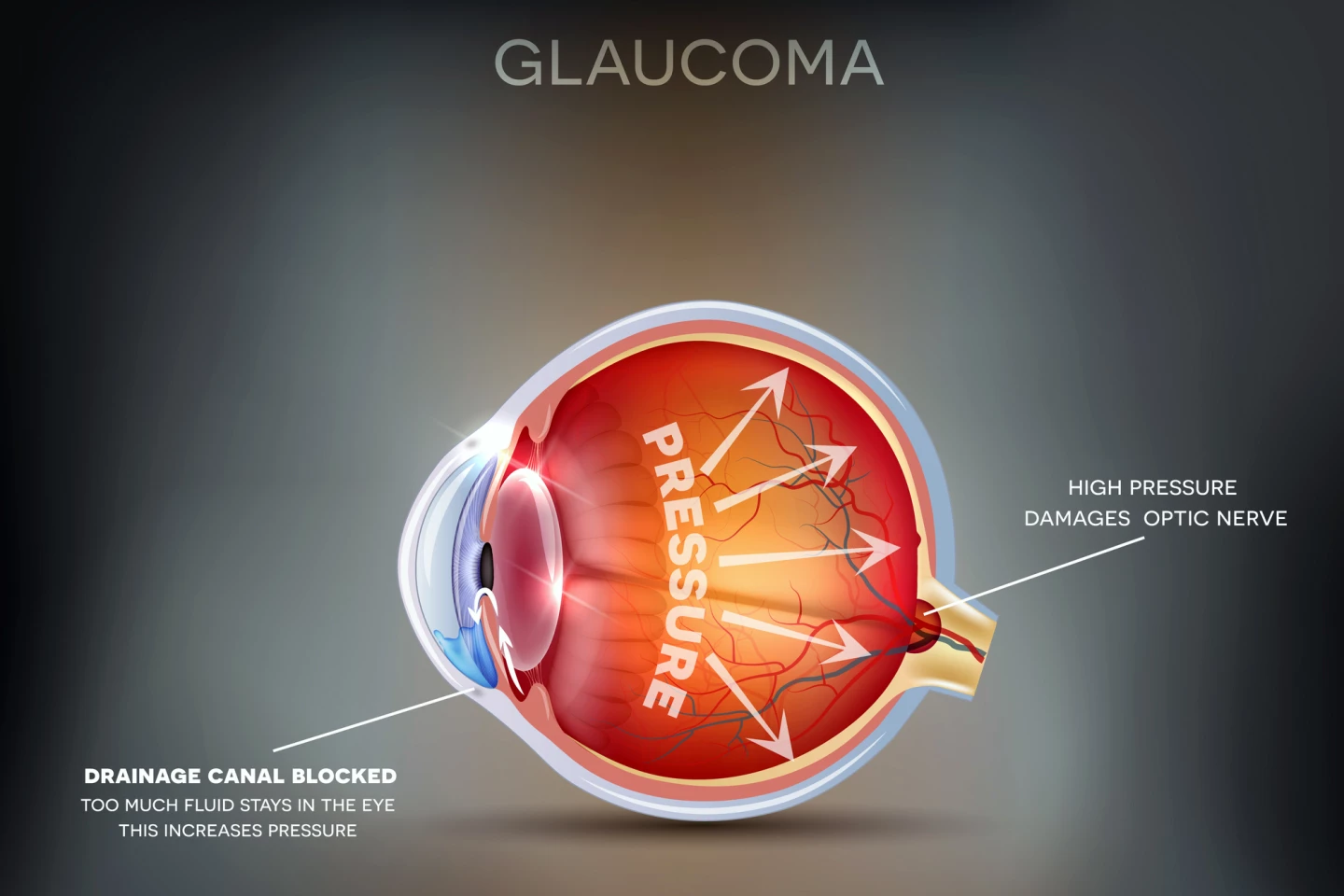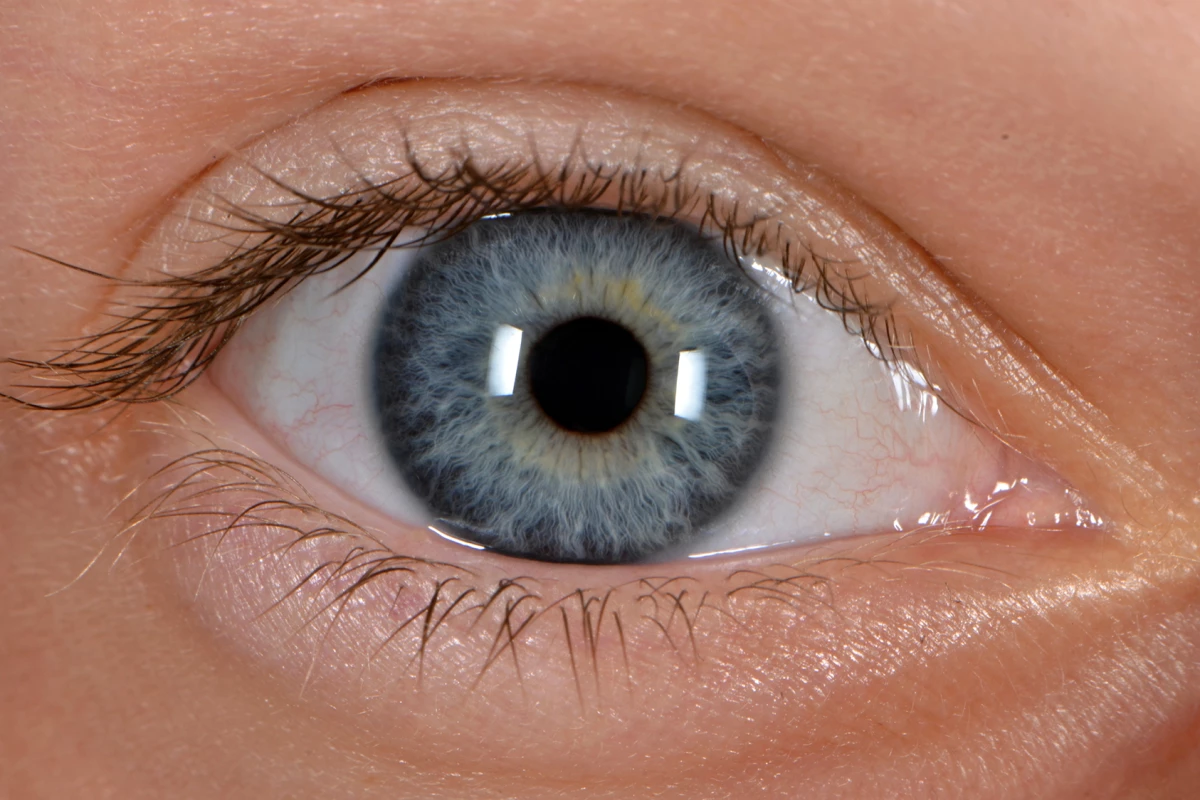New research found that high levels of ‘good cholesterol’ in the blood were associated with an increased risk of glaucoma, an incurable condition that leads to vision loss. The findings call for reconsidering the hypothesis that good cholesterol universally benefits health.
The messaging about reducing heart disease risk by boosting our intake of ‘good’ high-density lipoprotein cholesterol (HDL-C) and avoiding ‘bad’ low-density lipoprotein cholesterol (LDL-C) has been around for decades. So much so that it’s become a cornerstone of heart health education and prevention strategies globally.
However, the results of a new study suggest that our current understanding of ‘good’ cholesterol as being universally beneficial might need to be rethought. Researchers from Sun Yat-sen University in China have found that categorizing cholesterol as ‘good’ and ‘bad’ might not apply when it comes to eye health, particularly the risk of developing glaucoma.
“Traditionally, high HDL-C levels were considered the ‘good cholesterol’ due to their association with a reduced risk of cardiovascular disease,” the researchers said. “However, recent studies have challenged this notion, as high HDL-C levels have been associated with adverse outcomes such as cardiovascular and infectious diseases, age-related macular degeneration, and increased mortality. These findings have prompted a reconsideration of the HDL-C hypothesis and have raised doubt about its widely recognized ‘good cholesterol’ label.”
Glaucoma is the name given to a group of eye conditions where vision loss occurs because of damage to the optic nerve. It’s the leading cause of irreversible blindness worldwide. People who have a family history of glaucoma, have high eye (intraocular) pressure, diabetes, are short- or long-sighted, are of African or Asian descent, or over 50 are at higher risk of developing the condition. While there’s no cure for glaucoma, most people can manage the condition with the use of eye drops, laser treatment, surgery, or a combination of all three.

The researchers obtained data about 400,229 participants from the UK Biobank database, aged between 40 and 69 at the time of recruitment into the study. None of the participants had glaucoma at the time they entered the study. Blood samples were taken from each participant at baseline, and HDL-C, LDL-C, total cholesterol (TC), and triglyceride (TG) levels were measured. Independent variables like smoking status, frequency of alcohol consumption, and use of cholesterol-lowering medications (statins) were determined by self-report.
Over an average follow-up period of nearly 14-and-a-half years, 6,868 participants (1.72%) developed glaucoma. Statistical analysis revealed that for every moderate increase in HDL-C levels, the risk of glaucoma rose by 5%. In contrast, every moderate increase in levels of LDL-C, TC and TG was associated with a reduced risk. These associations persisted only in participants aged 55 and older and were sex-specific. For example, higher HDL-C levels were associated with a higher risk of glaucoma only in male participants; higher LDL-C and TC levels were associated with a lower glaucoma risk, with statistical significance observed only in female participants.
“This difference may be due to a genetic susceptibility to dyslipidemia [unhealthy levels of fats (lipids) in the blood] in men and changes in hormonal status in postmenopausal women," the researchers suggested. "The exact physiological mechanisms underlying these sex differences remain speculative, but an animal study has suggested sex differences could be related to a difference in LDL receptors. Therefore, it may be important to develop different strategies for men and women based on these findings.”

The researchers performed polygenic risk score (PRS) analysis to determine whether these associations have a genetic basis. Essentially, PRS analysis was used to differentiate between genetic and non-genetic influences on glaucoma risk. The analysis confirmed that participants genetically predisposed to higher HDL-C levels also had an increased risk of glaucoma, suggesting that this relationship is at least partly genetically driven rather than solely due to environmental or lifestyle factors. However, PRS analysis didn’t support a genetic link for LDL-C, TC, and TG, suggesting that their association with glaucoma could be due to environmental or secondary factors.
The study has some limitations. The blood samples were taken at a single point in time, so they might not accurately capture a participant’s typical blood lipid levels. The reliance on self-reporting raises issues of potential recall and misclassification biases that could affect the accuracy of the associations found in the study. And, as with all studies using UK Biobank data, the findings may not be generalizable to non-European ethnic groups. However, there are strengths, too. A major one is the large sample size, which was adjusted for a wide range of confounding variables, thus enhancing the validity of the findings.
“In conclusion, this large long-term cohort study demonstrated that for participants aged 55 years and older, elevated HL-C is associated with an increased risk of glaucoma, which was supported by generic risk analysis,” the researchers said. “HDL cholesterol has been regarded as the ‘good cholesterol’ for seven decades. However, this study demonstrates that high levels of HDL cholesterol are not consistently associated with a favorable prognostic outcome. Further studies are needed to investigate the mechanisms behind these associations.”
The study was published in the British Journal of Ophthalmology.







